Expelled fraternity returns
September 13, 2018
Sigma Phi Epsilon has been added to the list of recognized UVM fraternities, nearly seven years after it left campus in 2011 following a survey that asked, “if I could rape someone, who would it be?”
One member of the fraternity added the question to his individual copy of the original questionnaire, which was then leaked to the rest of campus.
Over the summer of 2018, student club leaders in the UVM community were sent emails from national representatives asking for input on SigEp’s return to campus, said senior Ryan Beattie.
Beattie is president of UVM’s chapter of Alpha Phi Omega, a co-ed service fraternity.
Beattie said he had previously heard of the fraternity and its conduct, but only learned of the full context and extent through a Google search leading to a 2011 CNN article.
“I felt gross about it,” Beattie said. “I felt like I had to respond [to the email], and so I did.”
Beattie replied to the email saying he didn’t feel it was appropriate for the fraternity to ever return to campus, despite all of the students involved in the incident having already left campus, he said.
SigEp may have changed its ways, but the symbolism attached to the fraternity is enough to keep them off campus, Beattie said.
“I believe that if Sigma Phi Epsilon were to return to our campus, it would be the administration here or Student Life saying that it’s okay to perpetuate rape culture in a threatening and dangerous way,” Beattie said.
Despite concerns from some students on campus, Cristina Vega, the assistant director of Fraternity and Sorority Life at UVM, said there are no hesitations on UVM’s part for allowing SigEp back on campus.
“[SigEp] have a vested interest in this community and they believe in the values and common ground of UVM,” Vega said. “A lot of what they believe in is very similar to Our Common Ground.”
The specific circumstances around the fraternity’s departure still remain unclear.
A 2011 CNN article reported that the fraternity was removed by its national chapter. The University found the fraternity not guilty after an investigation into the matter.
“The University has concluded its investigation of the circumstances related to an entirely inappropriate question that was added to an individual copy of a questionnaire. After an exhaustive and thorough review of all available information, the conclusion of this investigation is that Sig Ep as an organization was not found responsible for the placement of that question,” a September 2012 email to campus stated.
The departure was a mutual decision between the University and the national fraternity leadership, Vega said.
“[The decision to leave] was in partnership,” she said, “so there was a conversation with the University — this is before my time — but there was a conversation between the University and SigEp headquarters to close.”
Andrew Parrish, the strategic communications director for the national SigEp fraternity, declined to comment on the fraternity’s conduct on UVM’s campus.
Part of the reason SigEp did not return to campus sooner was because of a 2012 sanction against the fraternity for retaliating against someone who filed a report of sexual misconduct, UVM communications director Enrique Corredera said.
The fraternity was issued a five year ban in November 2012, after they agreed to remove themselves from campus over the survey.
They also rented out their Main Street home to Champlain College, which now uses it for student housing, Vega said.
National SigEp representatives Dylan Hanson and Ben Bowles manned a table Sept. 4 at UVM’s 2018 Activities Fest as a recognized fraternity, offering scholarship opportunities to male student passersby.
In some cases, Hanson and Bowles marketed the fraternity as a new one, joining the University’s growing list, and in other cases they mentioned SigEp was, in fact, returning.
At the table, Hanson and Bowles deflected repeated questions and requests for comment.
“You can speak to our communications director regarding anything we are doing on campus,” Bowles said.
The national fraternity has made changes that will contribute to what the UVM community could expect from future pledges, Bowles said.
The fraternity does not currently have pledges or a pledging process, but they have new members and use their Balanced Man Program, a four year educational program, for all of their members, Vega said.
“Our purpose as an organization is the development of the members in our community,” Bowles said. “[We want to] instill purpose, values, perspective in their life that they can then take to the greater UVM community, and into their life after college.”
Bowles said the return process to any university is lengthy, but when returning to UVM, the national fraternity was required to create a detailed plan to show how they have changed.
Bowles couldn’t speak to the specifics of the 2012 case since he wasn’t on staff at the time, he said.
As part of a national change of face, the fraternity voted to implement “a substance free facilities policy” for all SigEp living facilities, Bowles said.
Sophomore Hunter Sattler visited the table at Activities Fest. He was drawn in by the offer of a scholarship, he said.
When asked about the history of the fraternity, Sattler was unfamiliar with SigEp and their national representatives said nothing about their history at UVM, he said.
First-year Alex Marohnic had never heard about the fraternity before, but stopped at the table because of the scholarship offers, he said.
Bowles and Hanson never told him about the fraternity’s history on campus, Marohnic said.
In three years, students will be able to live in SigEp’s Burlington home on 371 Main Street, Vega said.
This story updated at 12:19 p.m. September 17 to reflect the outcome of the University investigation into the fraternity and to include that one individual added the question to the survey. The fraternity does not have a pledging process or pledges, but rather new members and a scholarship for these members.









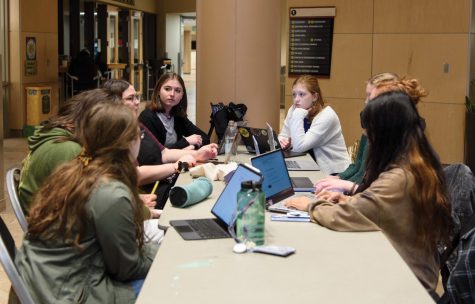

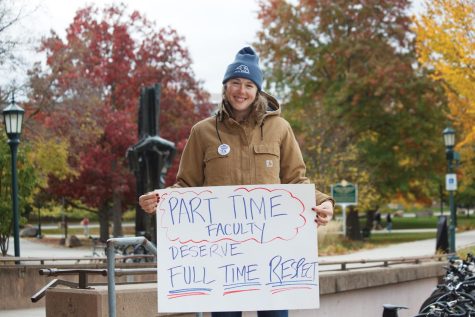
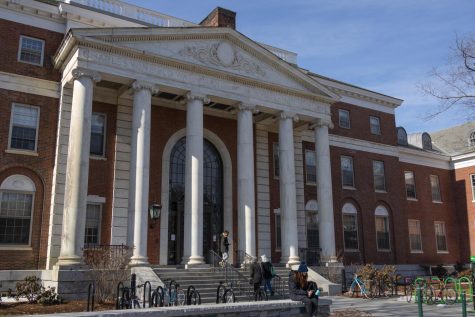
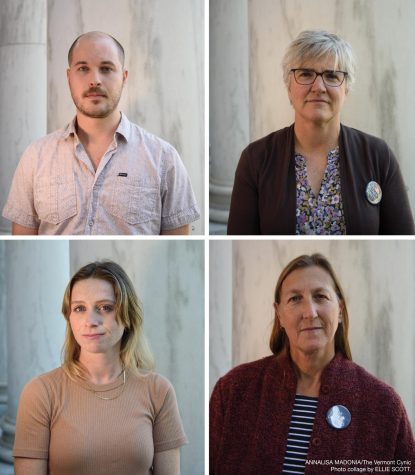

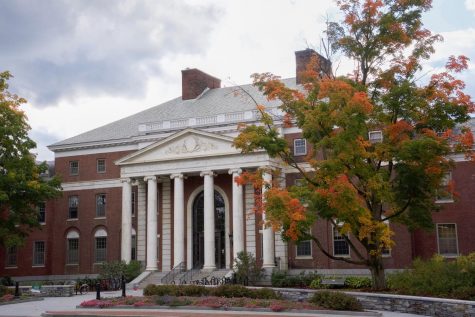
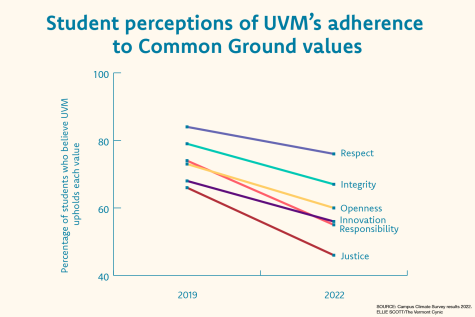
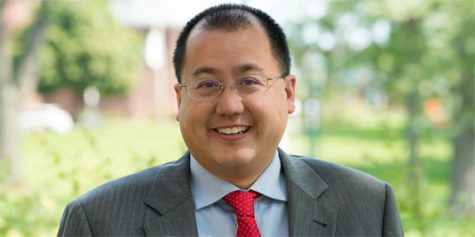
Eliza • Feb 4, 2019 at 4:21 pm
You folks left out the part in 2014 when their pledges were found drunk, mostly naked, in the winter left outside. They were rushed to the ER with hypothermia. They have infraction upon infraction, and will never be allowed back as a recognized UVM fraternity.
Publius • Sep 14, 2018 at 12:05 pm
Probably worth mentioning that the SigEp chapter was eventually cleared of all these allegations around the “survey.” Could even cite a previous VC article on this subject — October 4, 2012
“The Vermont chapter of Sigma Phi Epsilon was cleared last week for the crimes of perpetuating rape culture and misogyny, though it may be cold comfort for its former members. In a mass email to the UVM community, Thomas Gustafson synthesized the findings of a nine month investigation into a single line former Sig Ep brothers already knew was true: Sig Ep as an organization was not found responsible for the deplorable question that ignited a firestorm”
Lauren • Sep 14, 2018 at 10:58 am
Who can we contact if we oppose SigEps return to UVM?